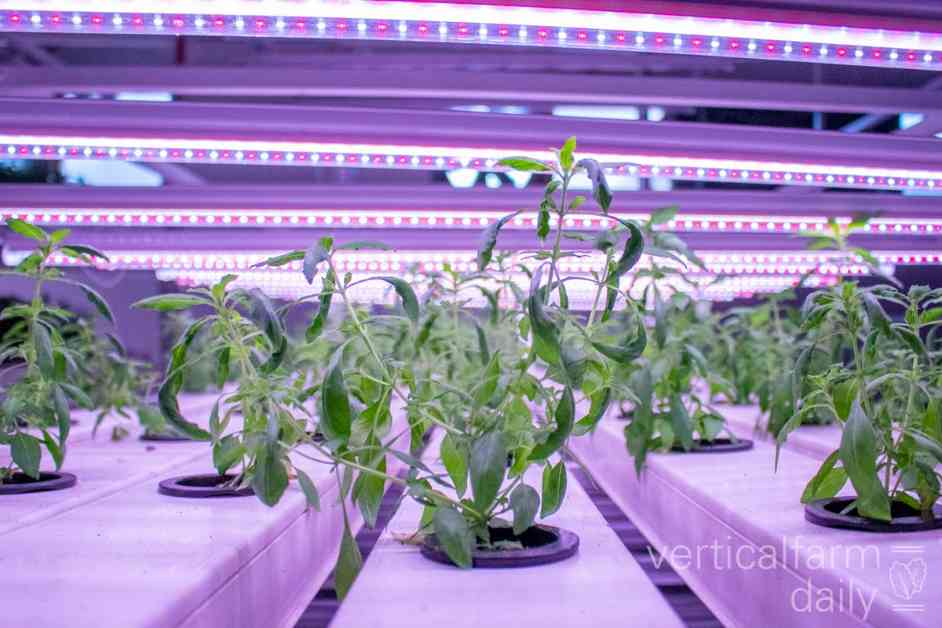Vertical farming has been gaining a lot of attention in recent years as a potential solution to food production challenges in urban settings. Companies like Plantagon in Sweden have attempted to revolutionize the industry by building vertical farms that maximize space and efficiency. However, not all attempts at vertical farming have been successful, as seen in the case of Plantagon going bankrupt before completing its flagship farm.
Despite some failures, the vertical farming industry continues to attract significant investment from both venture capitalists and government funding sources. In the Middle East, for example, billions of dollars have been invested in vertical farming projects to increase food security and sustainability in the region. US startup Plenty recently secured a $680 million deal to establish indoor farms, with one in Abu Dhabi expected to produce millions of pounds of strawberries in the coming years.
Saudi Arabia’s Public Investment Fund has also entered the vertical farming space by partnering with Aerofarms to bring six vertical farms to Riyadh. These investments highlight the growing interest in vertical farming as a cost-effective and sustainable method for food production in urban areas.
While the potential benefits of vertical farming are clear, it is crucial for companies in the industry to carefully calculate the cost-effectiveness of their operations. Maximizing efficiency in vertical farming requires a thorough understanding of the resources needed, such as energy, water, and labor, as well as the potential revenue generated from crop yields.
Factors such as the initial investment cost, operational expenses, and market demand for vertical farm produce must be carefully considered to ensure long-term success. Companies must also take into account the challenges associated with scaling up vertical farming operations, such as technological limitations and regulatory hurdles.
In conclusion, while vertical farming holds great promise for revolutionizing food production in urban areas, companies must approach their operations with a clear understanding of the costs and benefits involved. By calculating the cost-effectiveness of their vertical farming operations, companies can maximize efficiency and sustainability while ensuring long-term success in the industry.
